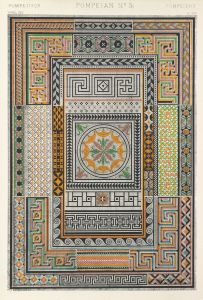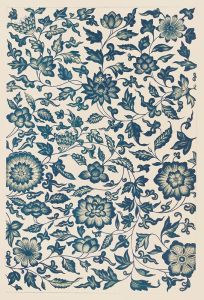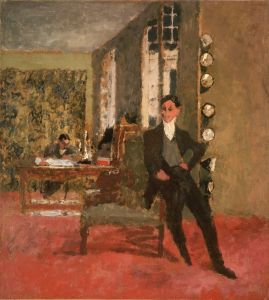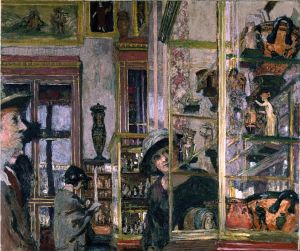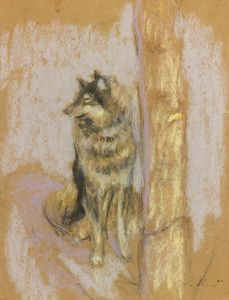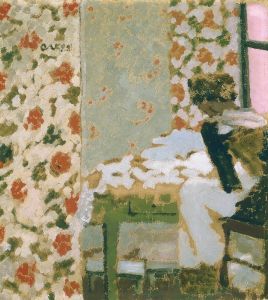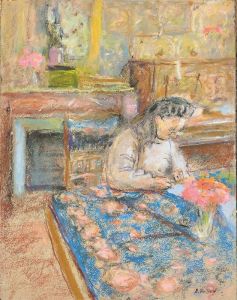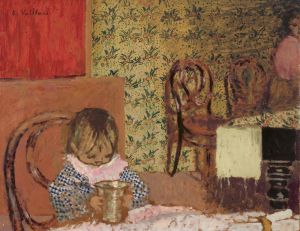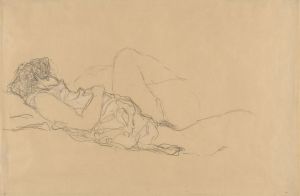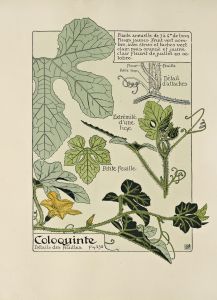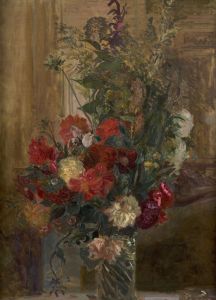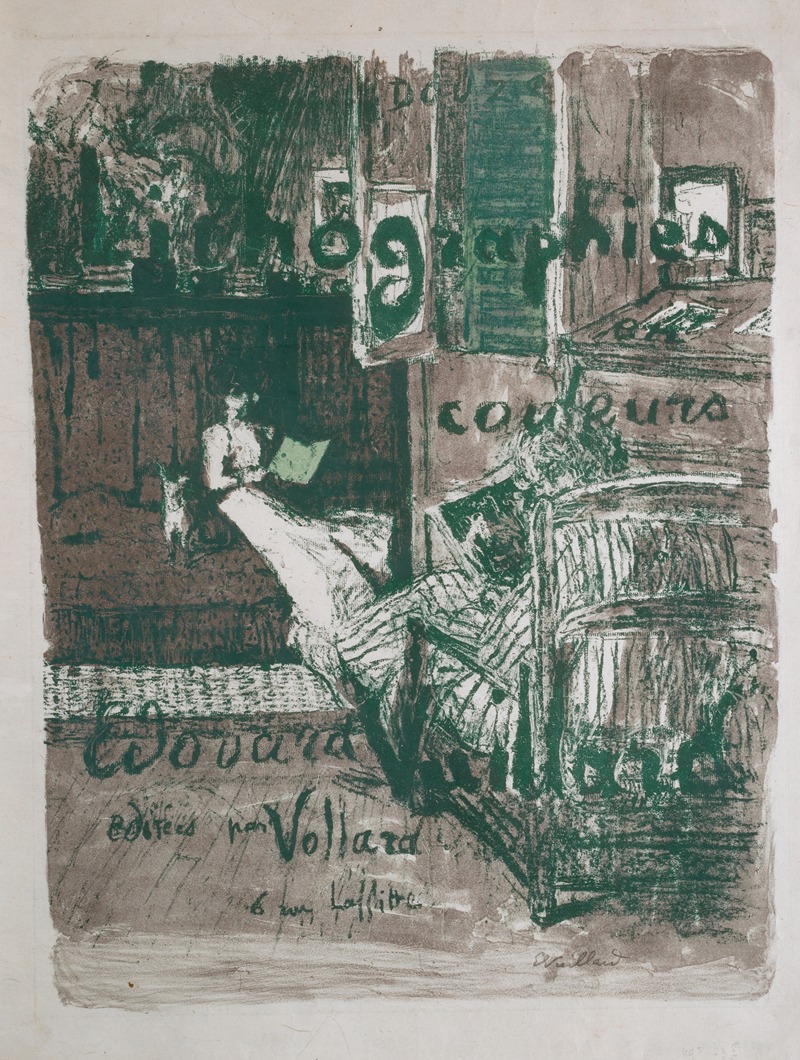
Paysages Et Intérieurs
A hand-painted replica of Édouard Vuillard’s masterpiece Paysages Et Intérieurs, meticulously crafted by professional artists to capture the true essence of the original. Each piece is created with museum-quality canvas and rare mineral pigments, carefully painted by experienced artists with delicate brushstrokes and rich, layered colors to perfectly recreate the texture of the original artwork. Unlike machine-printed reproductions, this hand-painted version brings the painting to life, infused with the artist’s emotions and skill in every stroke. Whether for personal collection or home decoration, it instantly elevates the artistic atmosphere of any space.
"Paysages et Intérieurs" is a notable series of paintings by the French artist Édouard Vuillard, created during the late 19th and early 20th centuries. Vuillard, a prominent member of the Nabi group, was known for his unique approach to capturing intimate domestic scenes and landscapes, often blurring the lines between the two. His work is characterized by a distinctive use of color and pattern, which he employed to convey mood and atmosphere rather than strict realism.
Édouard Vuillard was born on November 11, 1868, in Cuiseaux, France. He studied at the Académie Julian and later at the École des Beaux-Arts in Paris. Vuillard became associated with the Nabis, a group of avant-garde artists that included Pierre Bonnard and Maurice Denis, who were influenced by Paul Gauguin and sought to bring a new spiritual and symbolic approach to art. The Nabis were known for their emphasis on flat colors, decorative elements, and the synthesis of fine and applied arts.
The "Paysages et Intérieurs" series exemplifies Vuillard's exploration of the interplay between interior spaces and the natural world. In these works, Vuillard often depicted domestic interiors with figures engaged in everyday activities, set against the backdrop of lush, patterned wallpapers and textiles. The series also includes landscapes that are treated with the same attention to decorative detail and color harmony. Vuillard's technique involved the use of rich, muted colors and a soft focus, which lent his paintings a dreamlike quality.
Vuillard's approach to composition was heavily influenced by Japanese prints and the decorative arts. He often employed a flattened perspective and a focus on surface pattern, which created a sense of intimacy and immediacy in his work. This style allowed him to convey the emotional resonance of his subjects, capturing the quiet moments of domestic life with sensitivity and nuance.
Throughout his career, Vuillard maintained a close relationship with his family, particularly his mother, who was a frequent subject in his paintings. His home environment provided a constant source of inspiration, and many of his works reflect the warmth and familiarity of his personal surroundings. This focus on the domestic sphere was a hallmark of Vuillard's art, setting him apart from his contemporaries who were more concerned with grand historical or mythological themes.
Vuillard's "Paysages et Intérieurs" series is significant not only for its aesthetic qualities but also for its contribution to the development of modern art. By emphasizing the decorative and emotional aspects of painting, Vuillard helped pave the way for later movements such as Fauvism and Expressionism. His work continues to be celebrated for its innovative use of color and pattern, as well as its ability to capture the subtle beauty of everyday life.
Édouard Vuillard passed away on June 21, 1940, in La Baule, France. His legacy endures through his extensive body of work, which remains influential in the study of modern art and continues to be exhibited in major museums and galleries around the world. "Paysages et Intérieurs" stands as a testament to Vuillard's unique vision and his ability to transform the ordinary into the extraordinary through his art.





